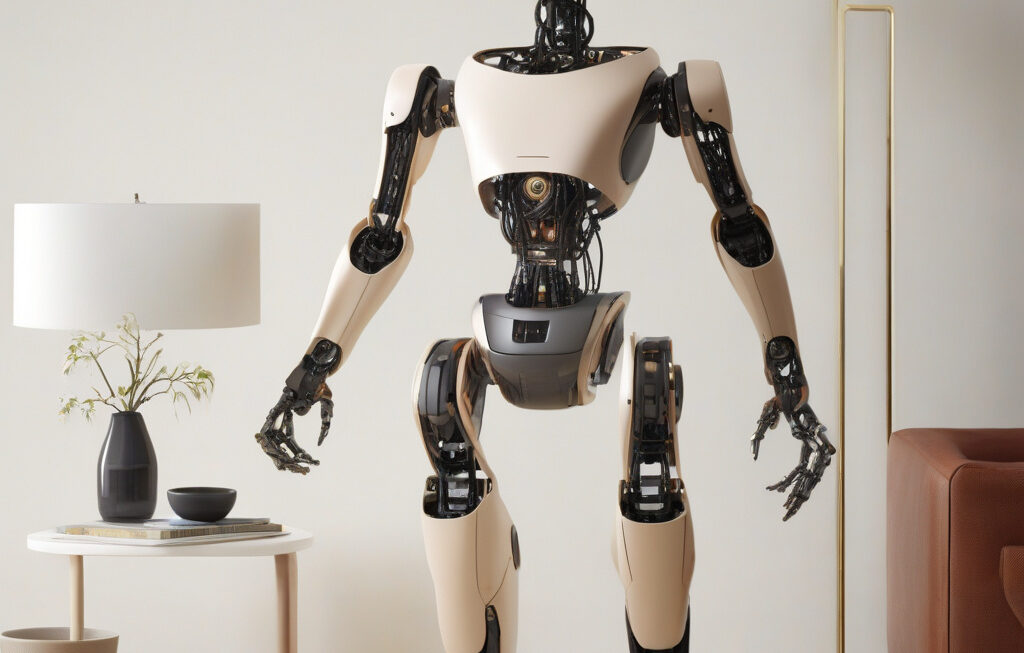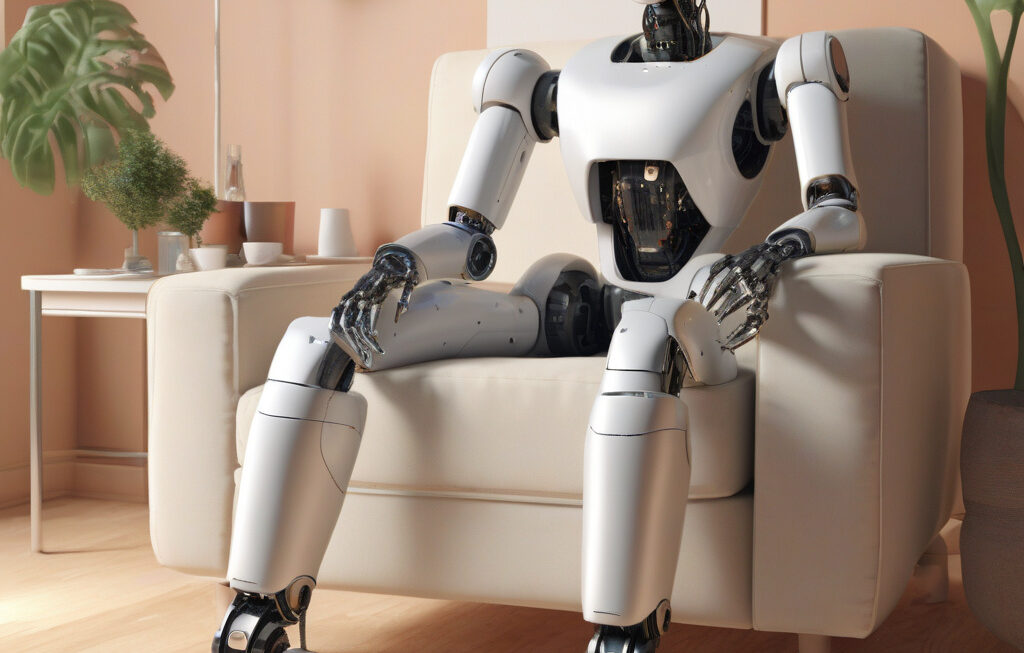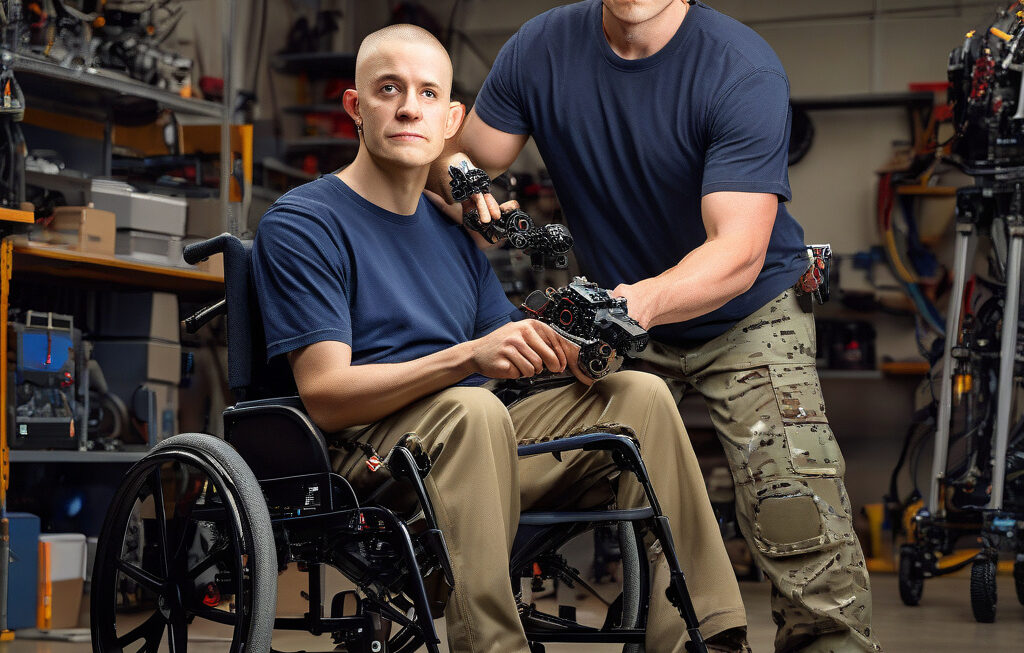Light-Powered Underwater Robots Achieve Twice the Strength of Mammalian Muscle
A Korean research team has created a light-driven artificial muscle that functions independently underwater, advancing the field of robotics and prosthetics. This groundbreaking development has paved the way for light-powered underwater robots that exhibit incredible strength, surpassing even that of mammalian muscle.
The team’s innovation lies in the use of a light-responsive artificial muscle that can contract and expand with remarkable force. By harnessing the power of light, these underwater robots can perform tasks with precision and strength, making them ideal for a wide range of applications, from deep-sea exploration to underwater construction.
One of the key advantages of light-powered artificial muscles is their ability to generate twice the strength of mammalian muscle. This impressive feat is achieved through a combination of advanced materials and innovative design, allowing these robots to outperform traditional hydraulic or pneumatic systems commonly used in underwater robotics.
Moreover, the light-driven artificial muscles developed by the Korean research team are highly efficient, consuming minimal energy while delivering exceptional performance. This efficiency is crucial for underwater applications where power sources may be limited, making these robots ideal for prolonged missions in challenging underwater environments.
The implications of this breakthrough are far-reaching, with potential applications in various industries such as marine research, underwater archaeology, and offshore energy production. By harnessing the power of light, researchers and engineers can now design robots that are not only stronger but also more agile and versatile underwater.
In addition to their superior strength and efficiency, light-powered underwater robots offer a level of controllability that is unmatched by traditional systems. By simply adjusting the intensity and direction of the light source, operators can precisely control the movement and actions of these robots, making them invaluable tools for complex underwater tasks.
Looking ahead, the continued development of light-driven artificial muscles holds promise for the future of underwater robotics and prosthetics. As researchers refine the design and capabilities of these innovative systems, we can expect to see a new generation of robots that are capable of unprecedented feats underwater, pushing the boundaries of what is possible in this ever-evolving field.
In conclusion, the Korean research team’s achievement in creating light-powered underwater robots with twice the strength of mammalian muscle marks a significant milestone in the field of robotics. By harnessing the power of light, these robots offer unparalleled strength, efficiency, and controllability, opening up new possibilities for underwater exploration and innovation.
#LightPoweredRobots, #UnderwaterTechnology, #ArtificialMuscleInnovation, #RoboticsAdvancements, #KoreanResearchTeam












